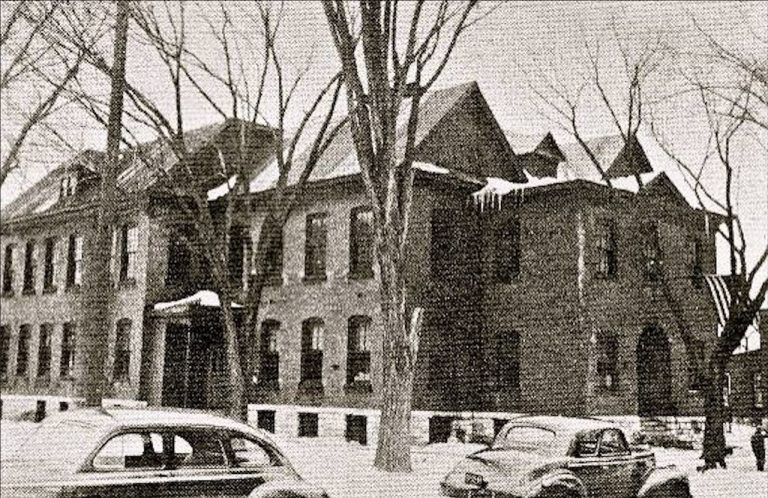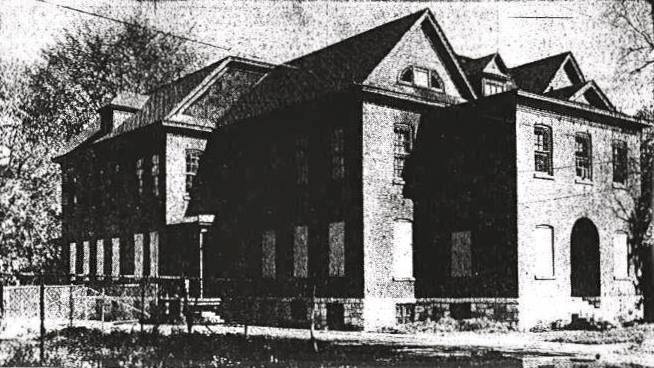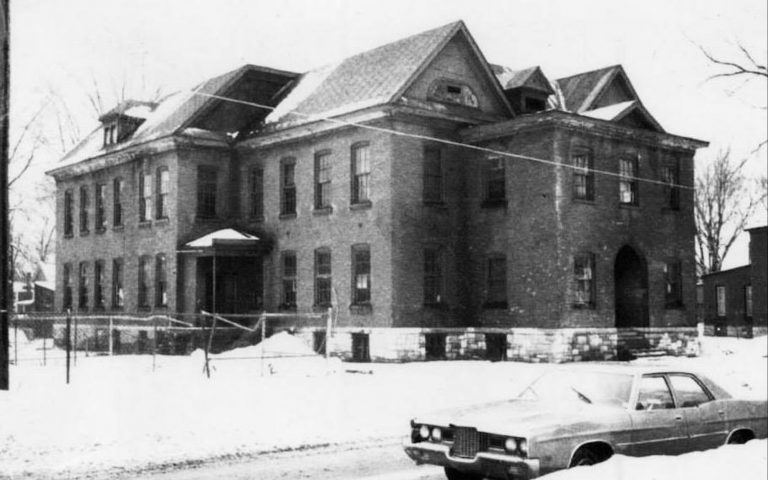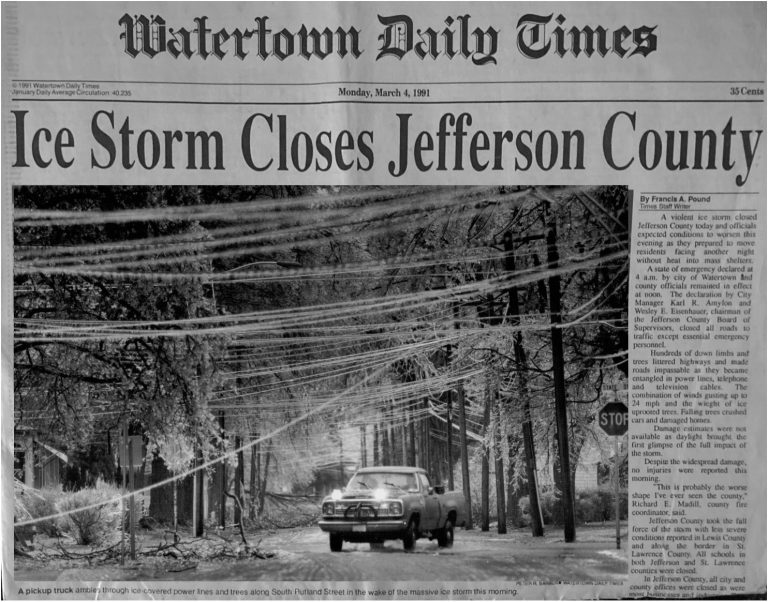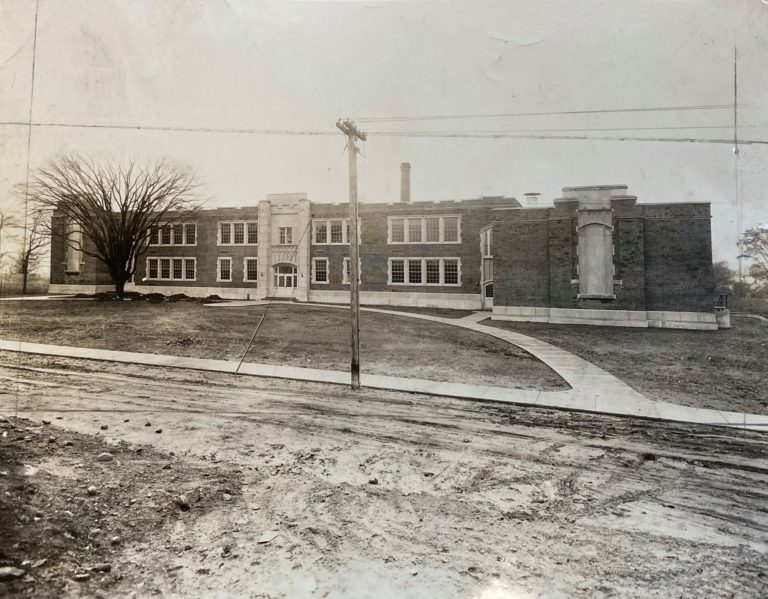Hamilton Street School Built In 1899 To Relieve Overcrowding At Lamon Street School
In April of 1898, Watertown’s board of education requested to the common council for $6,000 to be used to build Hamilton Street School to help relieve the overcrowding conditions at the nearby Lamon Street school.
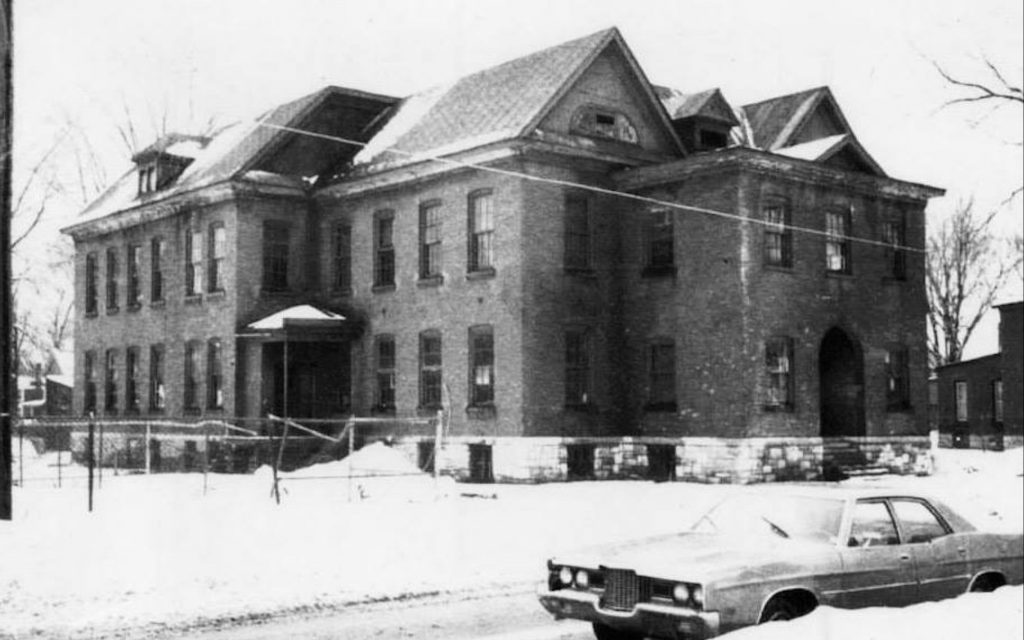
A committee looking to resolve the overcrowding would come to this recommendation after considering building a new Lamon school next to the current one to accommodate 120 to 160 pupils for $3,500. According to the Watertown Daily Times, this was struck down as it would “shut off the light from the present school house.” An addition to the current school was also considered but determined it would accommodate fewer pupils than the separate building.
John Hardiman, the contractor who built many of the schoolhouses of the era in the city, would be chosen once again to erect the new Hamilton Street school. Construction would begin in May of 1899*, and per the contract, Hardiman would be given three months to complete it—just in time for the new school year. Hardiman also worked on the addition to the Boon Street School around the same time.
*Many of the more recent articles state Hamilton Street School was erected in 1897, including the subsequent city school district studies. Unfortunately, the internet and availability of scanned newspapers weren’t available to them back then; as noted, the board of education didn’t even approach the common council until 1898.
It would only take TWO years for rumblings in the letters to the editor of the Daily Times about the need for another new school in the vicinity, near Arlington Street or in that locality, because “Hamilton Street School is only half large enough” with enrollment in 1901 being 156. This was when a new school was desperately needed in the Watertown Heights area, Lansing Street School, and an equally desperate need for a new High School, which would be located on Sterling Street. Overcrowding was so bad, that ninth-grade classes were held in a large residential house on the same street for the interim.
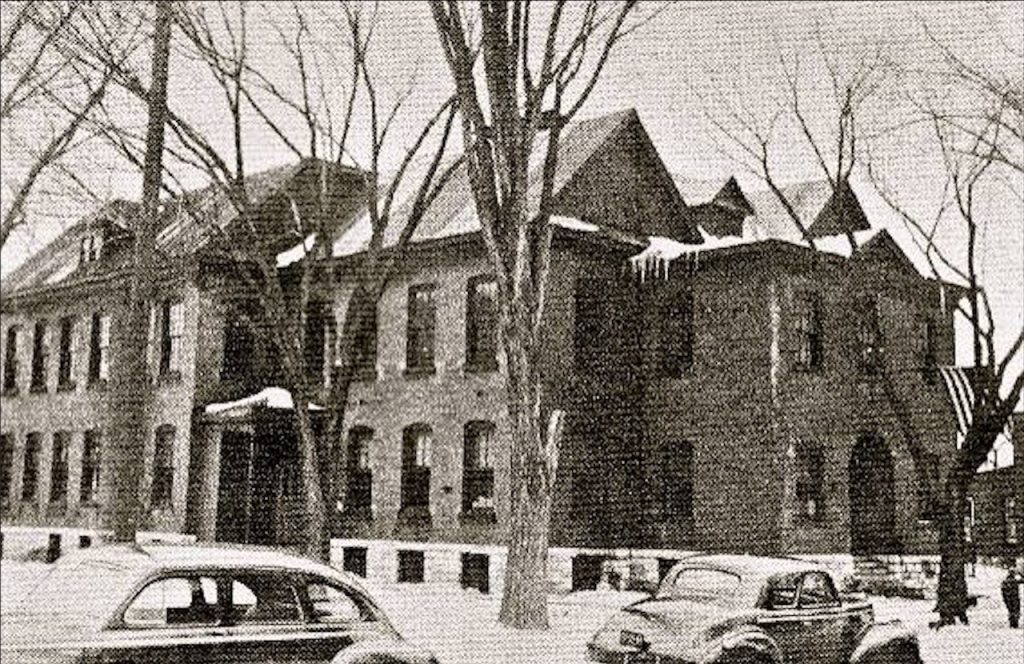
One year later, in 1902, the decision was made to enlarge the Hamilton Street School. Initially, the common council was requested and approved a $3,000 plan. It would be scrapped, and the common council was requested to provide another $6,000 “With which to make the Hamilton Street addition considerably larger than it first intended.” As was reported in the Watertown Daily Times on April 1, 1902—
Mr. Carlisle stated that $3,000 was originally appropriated for this addition but it has been found that a much larger addition, with eight rooms is required, whereas the first plans were for three. This section of the town is growing rapidly. If the council will appropriate the extra $6,000 the size of the building that is really required there can be furnished, and that size of the building will necessitate the expenditure of $9,000.
Just to summarize, the new school opened in 1899. An expansion was requested and approved three years later—but before that could be accomplished, it was found that what they really needed would cost three times the size of the original addition or close to four times what was built three years prior.
The addition was expected to be completed by the start of the new school year in September but would fall behind schedule. The contractor, Thomas Bigham, would run afoul of the state Department of Labor, which limited work on city projects to eight hours a day. Mr. Bigham was working his crews nine hours in an attempt to keep schedule.
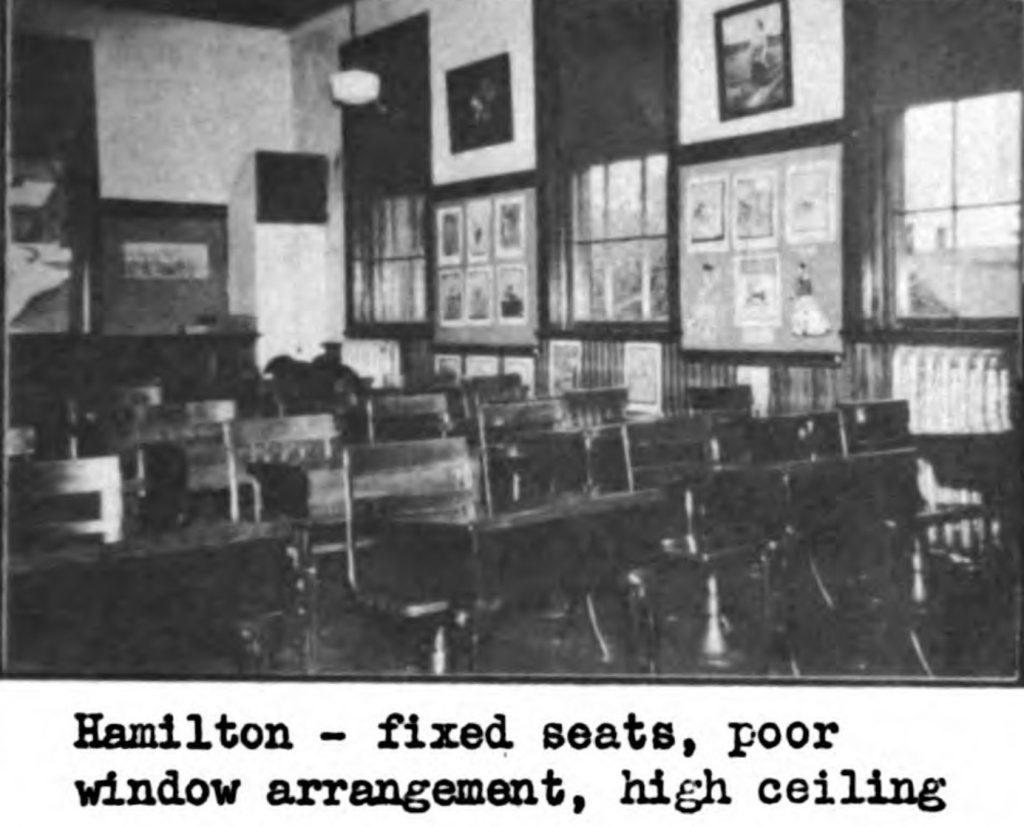
The lack of available space would necessitate classes to be held with half-day sessions so that all grades could be accommodated. Once the expansion was completed in February of the following year (1903), the school held a full day of class for six grades in attendance. The enrollment by the end of the 1903 year would be 272 students, with a city total of 4,012 being the largest ever enrolled in public schools in the city.
If that weren’t enough, during the 1903 summer break, the city’s board of education would have a brand new heating and ventilation system installed in the not-even-four-year-old school, 1/2 to 2/3 of which had only been open for five months, at the cost of $4,187. Only one bid was received, from a firm in Boston, Mass.
By the 1947 study of the city school district conducted by Ohio State University, Hamilton Street School would already be one of the oldest public schools, with only Academy Street ranking older by eight years. As one might have imagined, Hamilton would rank amongst the lowest elementary schools (actually, the lowest) with a score of 355 overall (the average being 548.) A score below 400 was “Definitely unsatisfactory,” with the remark, “The building should be abandoned at the earliest possible time.”
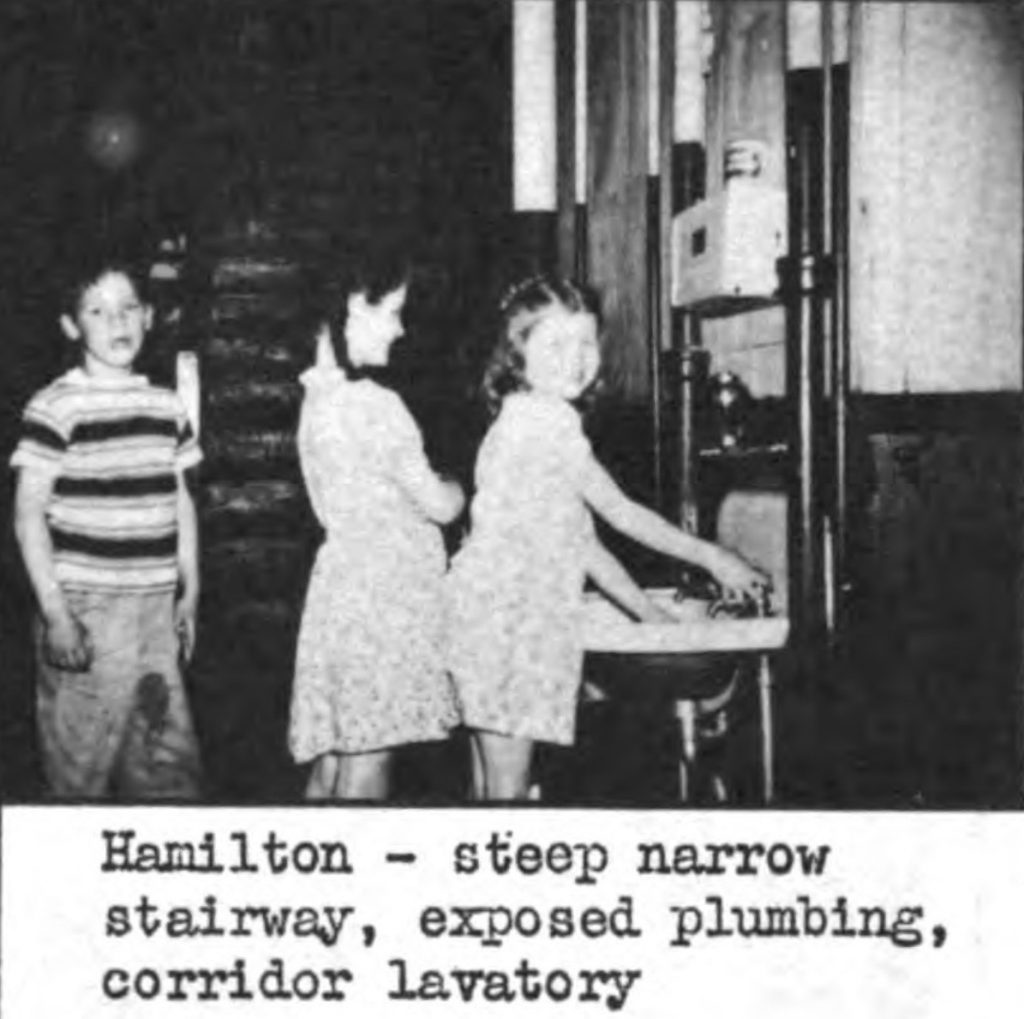
That earliest possible time would be 1959 when Ohio Street School opened to replace Hamilton Street School. More than 550 students would attend Ohio, a number of them coming from Thompson, State, and Hamilton Street Schools. The city offered Hamilton Street School as a temporary location for the planned community college, but ultimately, the Lansing Street School served that purpose.
Hamilton Street School would be used for storage after it was abandoned and wouldn’t be razed until nearly 25 years later, in 1983.
